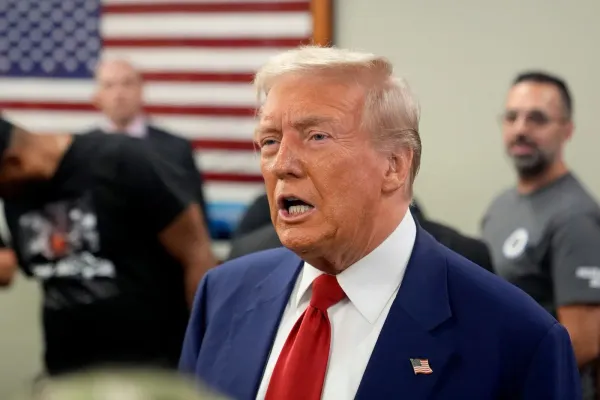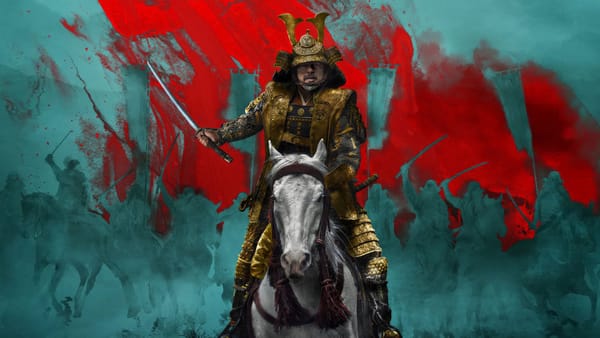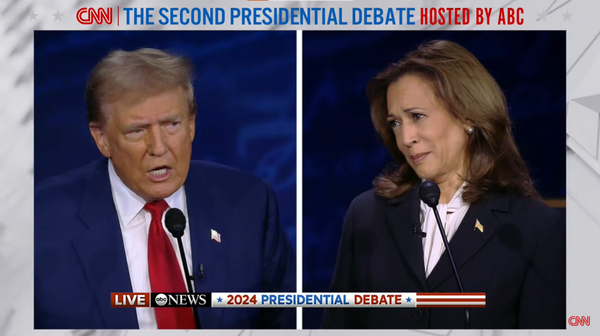What is Military Conscription or the Draft and Why It Doesn't Happen Anymore
Conscription is seen as part of the culture of nations that take pride in military service.

What is Military Conscription?
Military conscription or a draft is the mandatory enrollment of individuals into the military. Since 1973, the military has been all-volunteer. However, an act of Congress could reinstate conscription in the case of a national emergency. The selective service system is the agency responsible for running a draft and one that registers men and only men. A draft gets utilized to conscript individuals into military service. It is a decision made by the president and congress, and people get legally forced to join the military through the subsequent process.
Military Conscription in the U.S.
The country had utilized the draft on several occasions when it determined that the standing or permanent force was too small for the job, and when going to war. Conscription is seen as part of the culture of nations that take pride in military service. The bravery to join the military is appreciated and applauded when the military is all-volunteer. Volunteers show great valor.
Permanent Militarization as the Cause of the Draft
The permanent militarization brought about by the draft is a deformation and distortion of democracy abroad and at home. In this view, the draft has always been a severe violation of liberty. Until shortly before entering the Second World War, the country never had a draft unless there was a war. However, after world war two, the draft was retained until 1973 out of fear and fueled by the cold war. As a result, this led to a virtually permanent war.
The Ideation of the Draft
Compulsory military service would bring our tribal society together. It would throw people of all religions, ethnicities, and races together. By the time these individuals got out after a year and a half, the country would benefit from having mentally and physically fit and healthy individuals who are ready to work alongside a diverse group of people.
Notions in Opposition to the Draft and Why It Doesn't Happen Anymore
Draftees would be disruptive and useless as wars are too complicated and should only be fought by long-serving professionals. Future drafts could look very different as compared to calls for Vietnam, for instance, that got designed to provide the fight with infantrymen. The changing face of future wars could necessitate the conscription of the nation’s best experts when it comes to cybersecurity, hacking, and code writing as a way to build a cadre of cyber warriors. There could be an immediate need to put market analysts and financial experts in the military to help them protect the country from economic warfare that could be disruptive.
Is there global risk for financial war?
Draftees could diminish military effectiveness and dilute the quality of the force. This perspective is inaccurate and tied to the Vietnam War. By the end of that engagement, the military got plagued by indiscipline, racial tensions, and drug abuse. Numerous military personnel equate such issues with drafting while ignoring the fact that similar problems marred the first decade of the all-volunteer recruits.
The country may never require another draft. There lacks anyone who can predict the future of conflict or war. The country has never successfully predicted war, and the military must prepare to fight an enormous war that might require a broadened force. Conscription may be an excellent way to expand the army. Even if such a situation could be unlikely, the consequences of failing to wage such a war could be catastrophic.
What is The Selective Service and is there Awareness about its Existence?
Research indicates that the selective service is unknown to most citizens who lack the awareness that all men aged between eighteen and twenty-five have a legal obligation to register in case of a draft.
Could the U.S Reinstate the Military Draft?
Even as the draft got abolished, the selective service and its registration requirement got resumed as a capability to draft again was appreciated as critical to national defense.
Have You Registered for the Selective Service?
The system for registering for the selective service is mostly passive and happens when individuals apply for federal student aid or a driver’s license. A majority of males are not even aware that they have registered for conscription.
The Perpetual War on Terror
Last year was the first year that individuals who were born after nine eleven would be eligible to enlist in the army and possibly serve in a theater in the global war on terror. It could be anywhere from Afghanistan to Somalia. It is the first time in U.S. history that individuals have been able to fight in a war that is older than they are. The civil and military divide is as wide as it has ever been, and one percent of the population has mostly sustained the burden of war.
Opposition to the Draft Due to Economic Reasons
Opponents of the draft argue that nearly two million individuals would get taken out of the workforce, much to the detriment of the economy. The country would also have to pay them, and this would translate to increased government taxes and deficits. On adding the costs of ammunition, uniforms, food, and training, these funds amount to huge sums that can be better spent on educating individuals on more useful issues.
Neccessity as an Argument for Conscription
The argument for conscription is based on necessity by the military, which entailed generating the needed forces for the government to fulfill its universal defense obligations. Numerous scholars have made a case for universal military training based on operational requirements.
The Draft as a Way to Speed Up Military Mobilization for a Future War
They have made assumptions that the model that the military will use for the next major war could be similar to that of the first two wars, i.e. that armed forces would be drastically reduced during peacetime and mobilized rapidly during the war. Universal military training is appreciated as an efficient way to speed up mobilization for future conflicts.
Who has Shouldered the Burden of War Now that there is no Military Draft?
An all-volunteer force has mostly shouldered the burden of fighting the war on terror. The military makes up less than half of a percent of the nation’s population; this entails nearly one and a half million active soldiers. Conscription would do nothing to limit the burden of war on the individual as the military deploys soldiers as part of a unit and not as individuals. Units rotate in and out of the theater, taking time to train, reset, and prepare for future deployment.
Why Policy Makers Take Part in Risky Military Adventurism
There is some sense in believing that if there were a draft, policymakers would be less likely to take part in risky military adventurism as their children could get called to serve. However, the statistics suggest that the probability of such an occurrence is negligible and insignificant except for the symbolic value of such circumstances.





